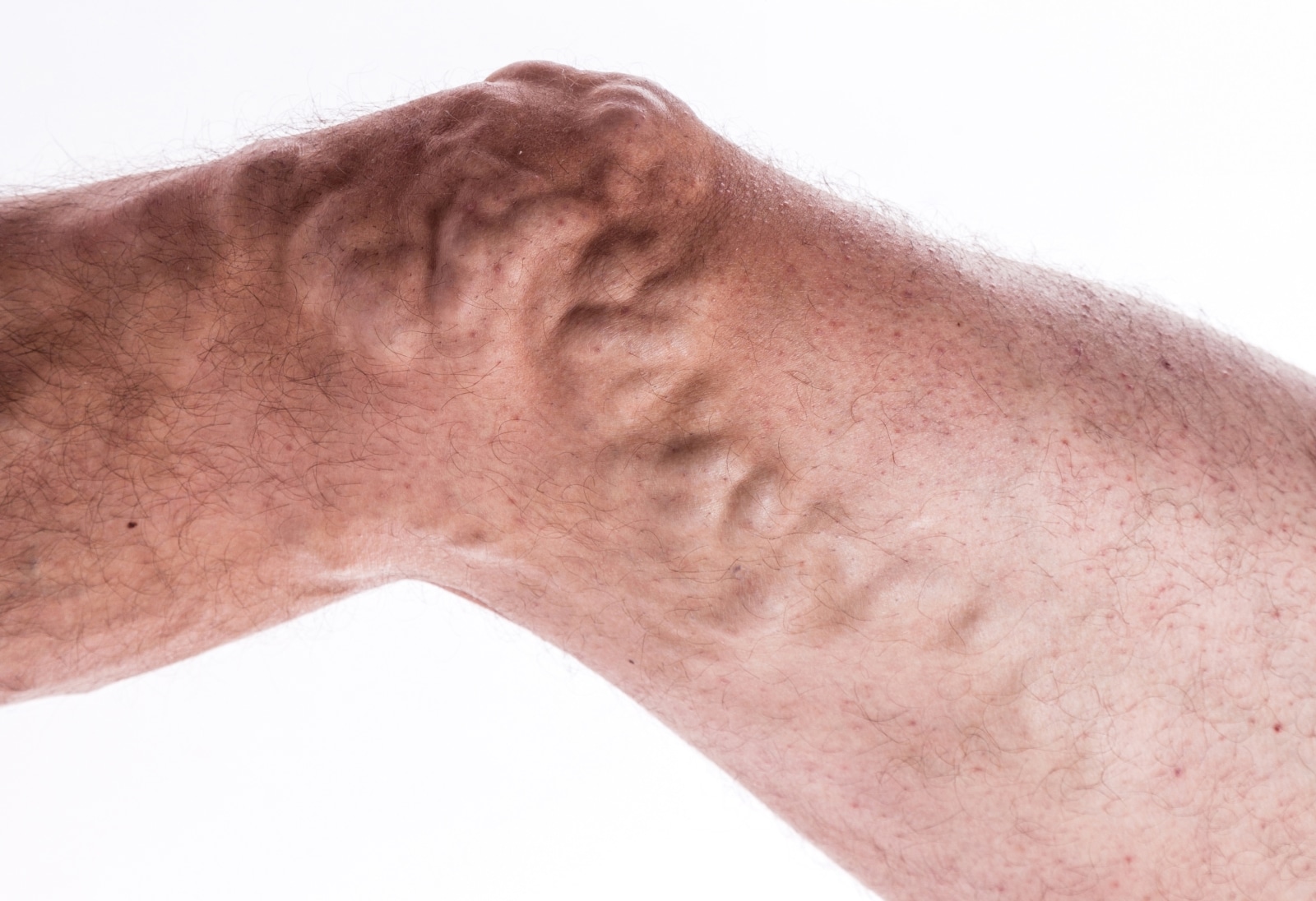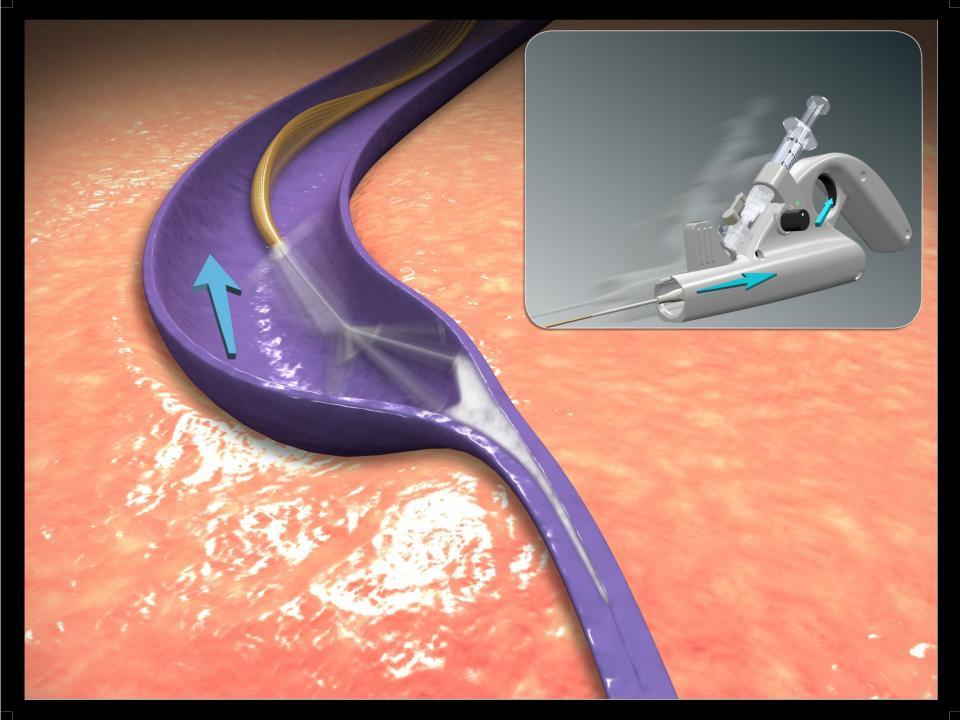You have been treated for unwanted veins on your legs or trunk. The recovery is very simple and predictable with most individuals having little or no problems, especially if you follow the instructions below after your Sclerotherapy treatment. Resume daily activities as normal. Wear the compression stockings or support hose on the treated leg continuously … Continue reading Guidelines for After Sclerotherapy
Varicose Veins Treatment
Varicose veins are veins that are in the superficial compartment of the leg that have become enlarged, swollen, twisted, and/or bulging due to venous reflux disease. The visible veins can be many colors but are most commonly red, blue or flesh-toned. The bulging veins most often appear on the thighs, back of the calves, and … Continue reading Varicose Veins Treatment
Spider Veins
Treatment Options for Spider Veins Spider veins are a common unwanted issue for many patients. The medical term for spider veins is telangiectasias. Spider veins can be multiple colors, red, purple or blue are the most common. Sclerotherapy Microphlebectomy Deep Vein Thrombosis ClosureFast (previously known as Venefit™) Conservative Treatment Symptoms of Spider Veins Spider veins often … Continue reading Spider Veins
Itching / Burning On The Legs
Why are My Legs Itching / Burning? Itching and/or burning on the legs may be an indication of an underlying venous issue such as varicose veins or spider veins. They may be centered around a cluster of prominent spider veins or visible varicose veins. A throbbing sensation may be an additional symptom along with the itching … Continue reading Itching / Burning On The Legs
Conservative Treatment
Non-invasive Vein Treatment Option Conservative treatment refers to non-invasive options such as lifestyle changes (eating less, exercising more, losing weight, etc.) and wearing compression stockings. The objective of the conservative approach is to support the venous circulation of the legs in order to minimize symptoms and slow the development of new diseased veins. This treatment … Continue reading Conservative Treatment
Venefit™ Targeted Endovenouse Therapy FAQs
Frequently Asked Questions About the Venefit™ Procedure (previously known as VNUS closure) The Preferred Treatment for Varicose Veins and CVI The Venefit™ procedure is a minimally invasive treatment for varicose veins and Chronic Venous Insufficiency (CVI) in which one of the experienced doctors at Precision VIR inserts an Endovenous Radiofrequency Ablation (RFA) Catheter to collapse and … Continue reading Venefit™ Targeted Endovenouse Therapy FAQs
ClariVein Treatment (Mechanochemical)
Introduction Treatment of Venous Incompetence Precision is proud to be one of the few centers in DFW to have been able to use this state-of-the-art technology. This new device is a treatment utilizing endovenous treatment (treatment inside the vein), in conjunction with chemical ablation. It also employs a new approach, that of mechanical ablation, hence the term … Continue reading ClariVein Treatment (Mechanochemical)
Sclerotherapy
Introduction At Precision, sclerotherapy is a minimally invasive treatment of common spider and small varicose veins without the need of anesthesia performed in the office . It is can used to treat spider veins visible at the surface of the skin. It also applies to treatment of veins that are deeper under the skin surface, … Continue reading Sclerotherapy
Microphlebectomy
A Successful Solution for Varicose Veins Microphlebectomy is a procedure that involves removal of the varicose veins through tiny surgical incisions. This is the recommended treatment for large superficial varicose veins. Due to their size and location, these veins cannot be effectively treated with sclerotherapy and are superficial to the skin to treat with ablation. Removal of the … Continue reading Microphlebectomy
Thrombolysis
A Solution for Blood Clots Precision specializes in the diagnosis and treatment of blood clots within both the deep and superficial venous system. Blood clots often cause pain and swelling of the affected limb and can be a life-threatening condition. Blood clots rarely dissolve completely on their own and can often lead to permanent damage of … Continue reading Thrombolysis










